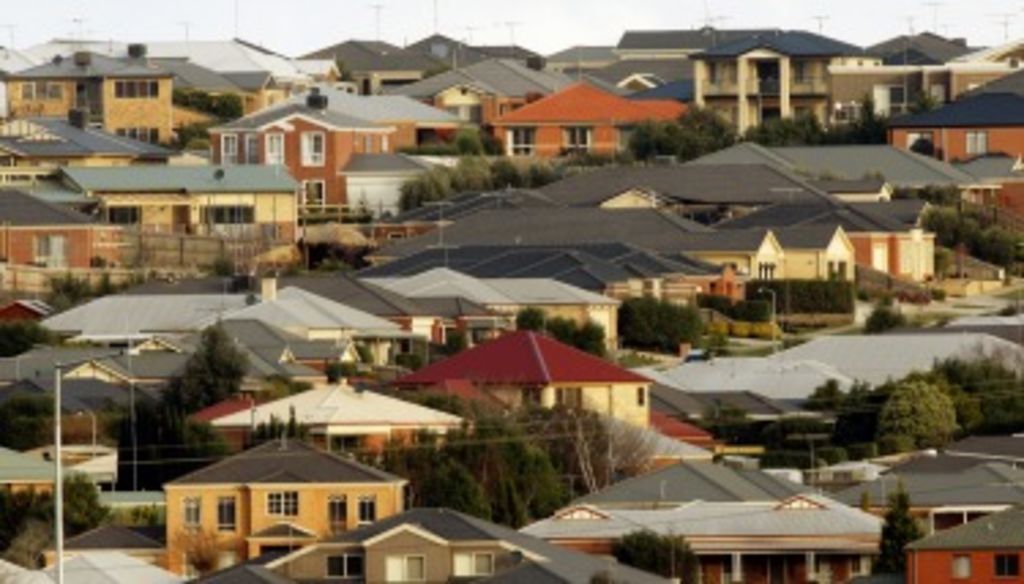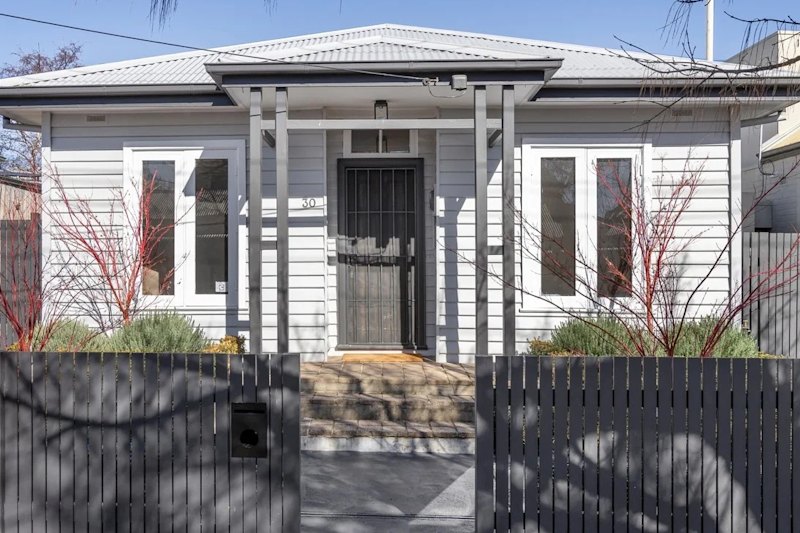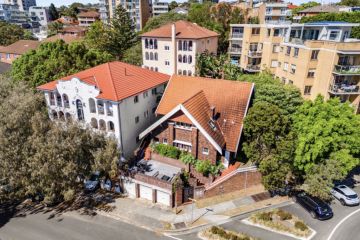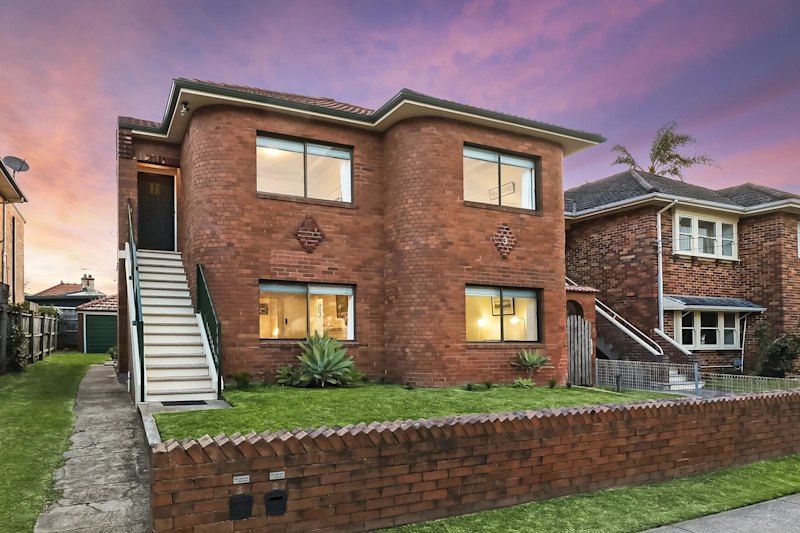Winds of change to impact housing markets in 2016 after roller-coaster 2015

Australian housing markets generally experienced a roller-coaster ride of buyer activity and prices growth through 2015 as markets waxed and waned in the face of dramatic changes to interest rates.
The significant price growth disparities of recent years however are set to converge though 2016 with capital city results consolidating around a narrow range of outcomes. Lower, subdued rates of house price growth will be a predictable outcome of the underlying low-growth, low interest rate dynamic of the national economy now set to influence housing markets over the longer term.
Sydney and Melbourne break clear of the pack in 2015
The Sydney and Melbourne housing markets lifted-off in 2015 following interest rate cuts in February and May with the Sydney market reaching unprecedented stratospheric heights in prices growth over the June quarter. Melbourne similarly experienced its strongest prices growth in years as an improving economy and rising confidence activated buyers.
Hobart, Canberra and Adelaide on the rise again
Other markets produced mixed results through 2015 despite the lift in affordability through the lowest mortgage rates since the 1960s. After a slow start, the Hobart market showed clear signs of improvement through the year following a prolonged period of subdued buyer activity. The Canberra market also was a solid performer through 2015 as the recent impacts of fiscal consolidation policies by various national governments on the local economy moderated through a more user-friendly 2015 Federal Budget.
The Adelaide market produced a typically steady and resilient performance over 2015 generally, despite the burden of the nation’s highest capital city unemployment rate.
Brisbane prices growth below expectations
The Brisbane housing market generally disappointed through 2015 as a clear underperformer, particularly given expectations of a solid year for buyer activity and prices growth. Fragile confidence and concerns over the performance of the local economy remain a drag on the Brisbane housing market, although higher priced homes in established middle and inner ring suburbs continue to find buyers. The local market however showed signs of a late-year revival providing a platform for growth into the new year.
Confidence and prices fall in Perth and Darwin as resource economies retreat
The housing markets of the resource capitals of Perth and Darwin continued to struggle through 2015 reflecting the shakeout in the mining sector and the sharp end to the high levels of FIFO demand for housing in those cities. Early signs at years-end however that recent declining prices growth in both the Perth and Darwin housing markets may be bottoming out with confidence gradually returning to those marketplaces.
Extraordinary macro-prudential policy incursions impact housing markets
Housing market activity in 2015 was clearly impacted by extraordinary policy initiatives by the financial regulator APRA that resulted initially in higher interest rates for investors mid- year and followed up in spring by rises to owner-occupier mortgage rates. Following interest rate increases, auction markets tumbled throughout the spring selling season, with the Sydney market – reflecting its significant exposure to investor activity – recording clearance rates at the lowest level for 3 years.
The outlook for 2016
The prospect of significant change for the underlying dynamic of Australia’s capital city housing markets awaits buyers and sellers in 2016.
Prices growth in all capital cities will likely converge in a narrow range between 2 and 5 percent over the year, with outcomes depending on the nature of local supply and demand factors and the performance of local economies.
The extraordinary prices growth reported by Sydney and to a lesser degree Melbourne over the past year will not be matched over 2016, with those markets rapidly returning to the pack.
Disconnect between RBA and banks
The policy initiatives by APRA have contributed to a disconnect between Reserve Bank interest rate settings and mortgage rates as set by banks. The prospect for higher bank mortgage rates remains in 2016, despite the likelihood of lower official interest rates set by The Reserve Bank if the national economy continues to flatline. This will have a neutralising effect on housing market activity, although higher mortgage rates if they occur will impact buyer and seller confidence.
Investor activity to remain robust
Despite the prospects of a comparatively subdued housing market generally through 2016, it is likely that activity from some buyer types will remain robust and increase. Investor activity, despite higher interest rates for this group, is set to consolidate at current higher market share levels as the attraction of relatively high yields in a low yield economy and continued taxation advantages prove irresistible – particularly to small scale investors.
Tight vacancy rates and continued undersupply of rental properties will maintain yields through continued upward pressure on house rents in most capitals.
More first home buyers
First home buyers will breathe a sigh of relief with the prospect of modest prices growth particularly in Sydney following the boom of the past 3 years. First home buyer numbers are reviving gradually in most capital city markets and pushing towards average long term levels, however the level of activity by that group in Sydney although rising is set to remain at relatively low levels for the foreseeable future.
Foreign investors, particularly from China to continue to target local markets
Australian capital city housing markets will remain key targets for foreign investors in 2016, particularly from China reflecting strong cultural and economic connections and high regard for the security of local residential property.
The mixed performance from the China economy is unlikely to impact recent strong growth in investor activity that reflects perceptions of Australia as a capital safe-haven. Buyers from China will continue to target CBD and inner-suburban apartment markets in Sydney and particular Melbourne and will remain a significant source of demand and supply in these burgeoning sub-markets.
We recommend
We thought you might like
States
Capital Cities
Capital Cities - Rentals
Popular Areas
Allhomes
More








